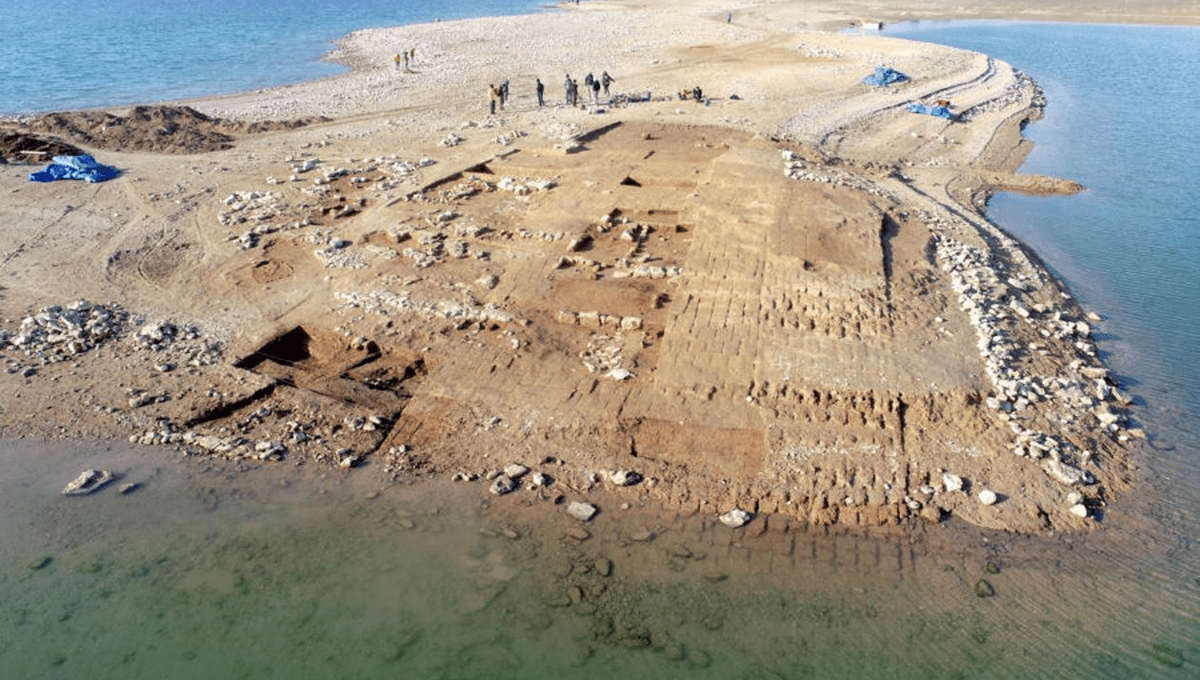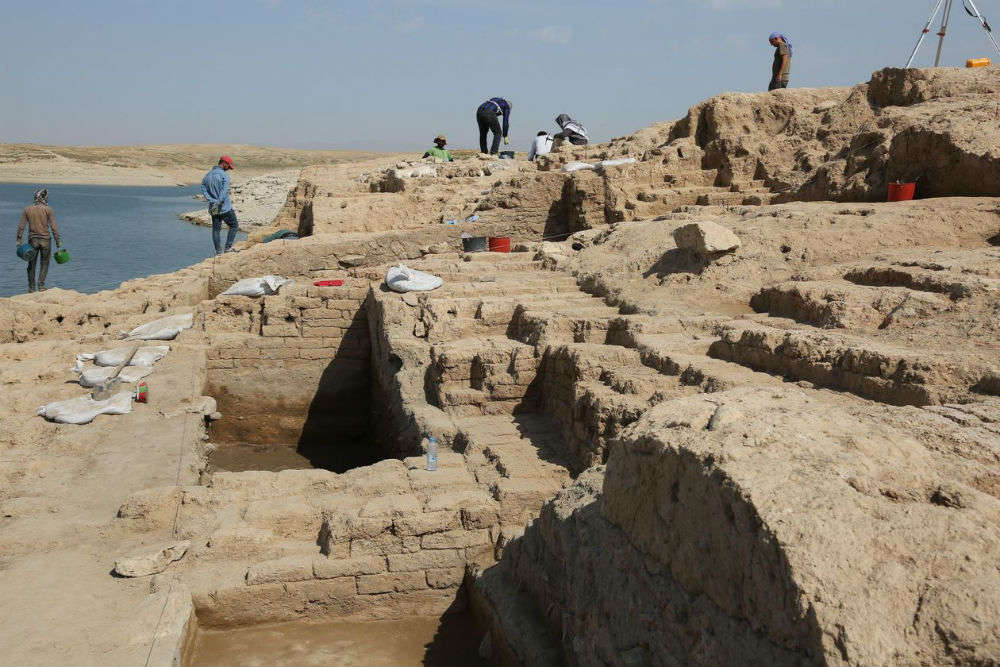A group of archaeologists recently discovered a 3400-year-old castle in Iraq that belonged to a mysterious Mittani ruler.
After a severe drought, the ruins emerged into the waters of the River Tigris. The palace first surfaced when the water level in the Mosul Dam reservoir was substantially lower. The discovery is one of the most significant archaeological discoveries in the area in recent years, and it exemplifies the effectiveness of Kurdish-German collaboration, according to Kurdish archaeologist Hasan Ahmed Qasi.


Picture courtesy of Kurdistan Archaeological Organization and University of Tüingen The Mittani Emir is one of the least studied emirates in the Ancient Near East, according to another archaeologist, Iana Puljiz of the University of Tüingen, who was shedding light on the significance of the disco. Because there is so little information about this specific empire, historians don’t even know where its capital is, the Mittani Empire. The tea did not become much stronger as the Tigris’ water level continued to rise. But, during that brief time, 10 clay tablets with cuneiform writing—a system of writing that was invented by the ancient Sumerians of Mesopotamia—were discovered within the palace. Moreover, archaeologists discovered vibrant crimson and purple wall paints.

Picture courtesy of Kurdistan Archaeological Organization and University of Tüingen Puljiz mentioned that colorful murals were a common feature of palaces in the Ancient Near East throughout the second millennium BC, but they had never seen any that were so well-preserved. She said, “Discovering wall murals in Kemune is therefore no less than an archaeological thrill.” The goal of this excavation is to learn more about the Mittani Emigrant, which was formerly prevalent in many regions of Syria and northern Mesopotamia.

